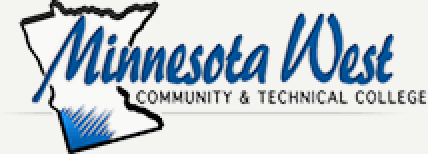AUTO 1136 Engine Technology and Lab
AUTO 1136: Engine Technology and Lab
Description
Engine Technology and Lab explains and demonstrates the theory of engine cooling and lubrication systems. Students will inspect, repair, and/or adjust the following engine components and systems: valves, cylinder heads, blocks, crank shafts, cooling and lubrication systems. Students will also learn to identify the basic operation, nomenclature and function of engines.
Credits
4
Prerequisite
None
Corequisite
None
Topics to be Covered
1. Piston engine operation
2. Cooling and lubrication systems
3. Engine problems
4. Engine disassembly
5. Engine inspection
6. Servicing cylinder heads and engine blocks
7. Engine reassembly
Learning Outcomes
1. Research vehicle service information, including fluid type, vehicle service history, service precautions, and technical service bulletins.
2. Verify operation of the instrument panel engine warning indicators.
3. Inspect engine assembly for fuel, oil, coolant, and other leaks; determine necessary action.
4. Install engine covers using gaskets, seals, and sealers as required.
5. Verify engine mechanical timing.
6. Perform common fastener and thread repair, to include: remove broken bolt, restore internal and external threads, and repair internal threads with thread insert.
7. Identify service precautions related to service of the internal combustion engine of a hybrid vehicle.
8. Adjust valves (mechanical or hydraulic lifters).
9. Identify components of the cylinder head and valve train.
10. Perform cooling system pressure and dye tests to identify leaks; check coolant condition and level; inspect and test radiator, pressure cap, coolant recovery tank, heater core, and galley plugs; determine necessary action.
11. Inspect, replace, and/or adjust drive belts, tensioners, and pulleys; check pulley and belt alignment.
12. Remove, inspect, and replace thermostat and gasket/seal.
13. Identify components of the lubrication and cooling systems and inspect and test coolant; drain and recover coolant; flush and refill cooling system; use proper fluid type per manufacturer specification; bleed air as required.
14. Remove engine; disassemble, inspect, reassemble engine assembly; and reinstall engine into automobile
15. Comply with personal and environmental safety practices associated with clothing; eye protection; hand tools; power equipment; proper ventilation; and the handling, storage, and disposal of chemicals/materials in accordance with local, state, and federal safety and environmental regulations
16. *The required outcomes follow the Auto Service Technician (AST) model of the Board of the National Institute for Automotive Service Excellence (ASE)
Credit Details
Lecture: 1
Lab: 3
OJT: 0
MnTC Goal Area(s): None
